Europes and Downs is a travel column by Talisman writer Hayley Robb. Hayley is currently studying abroad with the Council on International Educational Exchange. She will study in three countries for six weeks each through the spring semester. Follow her column all semester as she travels to Rome, Madrid and London.
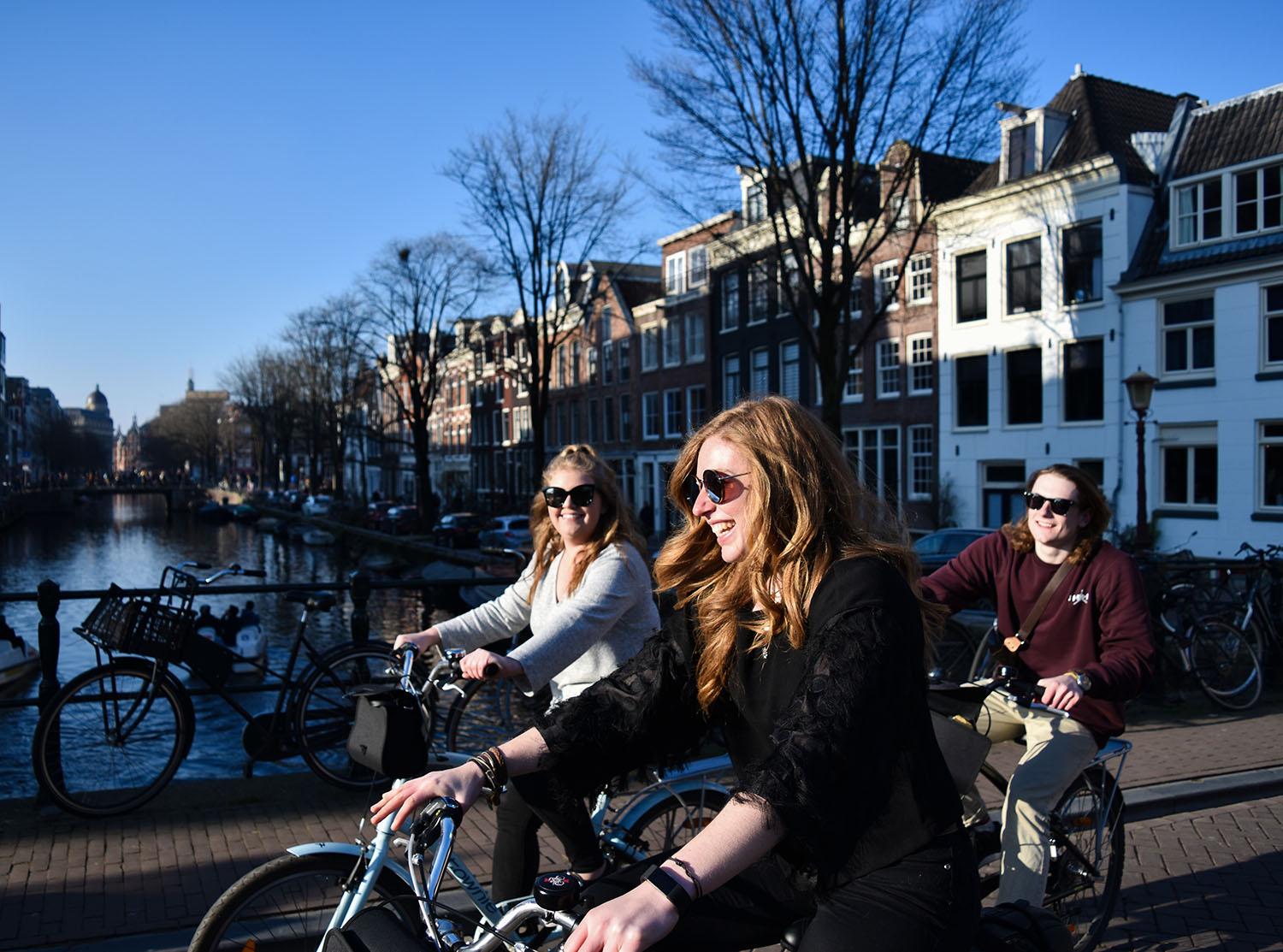
I used to call myself a “picky-terian.”
I was never truly a vegetarian. I chose not to eat meat because I thought I wouldn’t like it. I’ve always been scared of change and trying new things. My parents used to say I was picky and didn’t eat meat because when my mom was pregnant with me, she never ate meat.
But when I started college, I was forced to alter my eating habits because of the required meal plan. Otherwise, I would have starved eating only what I used to eat. In high school, I remember the only meat I was really eating was salami and pepperoni (only the healthiest of options, of course).
I brought cheese sandwiches – just bread and cheese – to lunch for the longest time. Before that, my mom would bake an entire frozen pizza in the oven the morning before school, and I would bring two to three slices in a baggie every single day. The rest of the pizza would go in the fridge for the remainder of the week. A significant portion of our grocery bill was going toward Red Baron frozen pizzas.
I never bought school lunch once. For 12 years, my mom packed my lunch.
My first week on campus, I ate a turkey sandwich for the first time. I was just starting to eat grilled chicken in my salads. Turns out, I liked bacon too. I was branching out.
Since freshman year, I have become a changed woman, especially as I’ve traveled abroad. I still stick to my usuals: eggs, yogurt, bread AND cheese and, still my favorite, pizza.
I recently moved into my Spanish host mom’s apartment here in Madrid overlooking Madrid Rio Park. Raquel speaks predominantly Spanish and insists that I also try to speak Spanish. However, my high school Spanish education has escaped me, and I am pretty much hopeless when it comes to responding in her native language. When I give her my confused American look, she caves and translates in English. But I am trying.
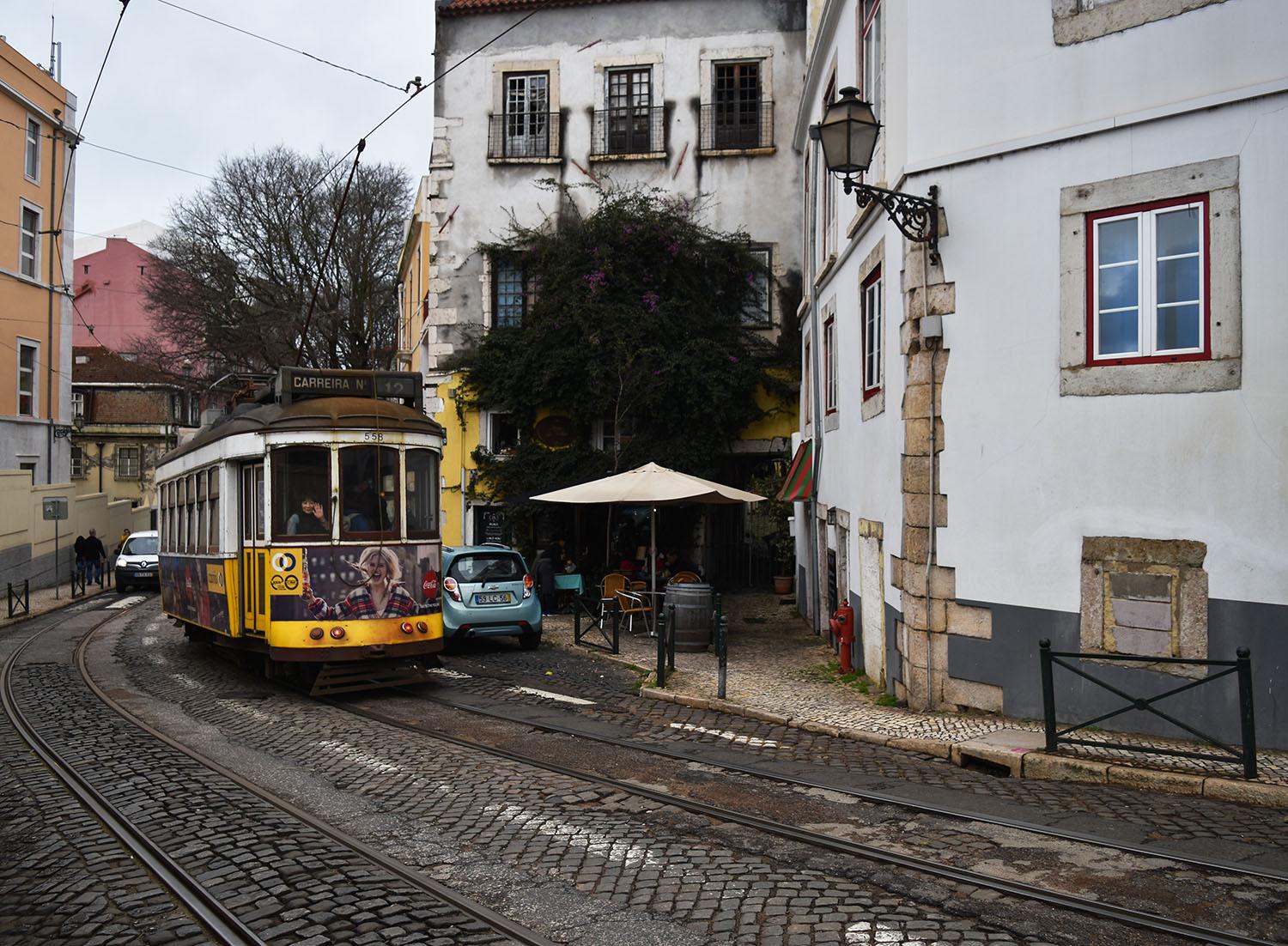
The first day I arrived, Raquel prepared a traditional Spanish omelet called “tortilla de patatas.” It is basically eggs and potatoes, but it was phenomenal. She also prepared a fresh salad with cucumbers, onions and tomatoes topped with olive oil. It was the first true green food I had in a while.
I wasn’t given a chance to ask what it was or what was in it; I just grabbed a fork and took a bite. I do better when I don’t know exactly what I’m eating. It forces me to take a chance and be surprised. It makes eating even more fun. My eighth-grade self would be amazed at what present-day me is currently indulging in. I am trying.
On top of learning my way around the city, adjusting to Spanish culture and trying to memorize a brand new address on another Post-it note, Raquel asked me to fill out a food preference log.
My preference log was pretty bland. It consisted of requests for Oikos Greek yogurt, granola, bananas, green/yellow apples and peanut butter. Filling it out made me realize how routine my eating habits were at home and how much it mirrored the routine of my own life.
I chose to study abroad to broaden my horizons. The experimental eating started in Italy when I tried veal for the first time, closed my eyes and bit into arancini and sampled various kinds of pastas. However, Spain is where I am truly learning to step out of my comfort zone. I am trying.
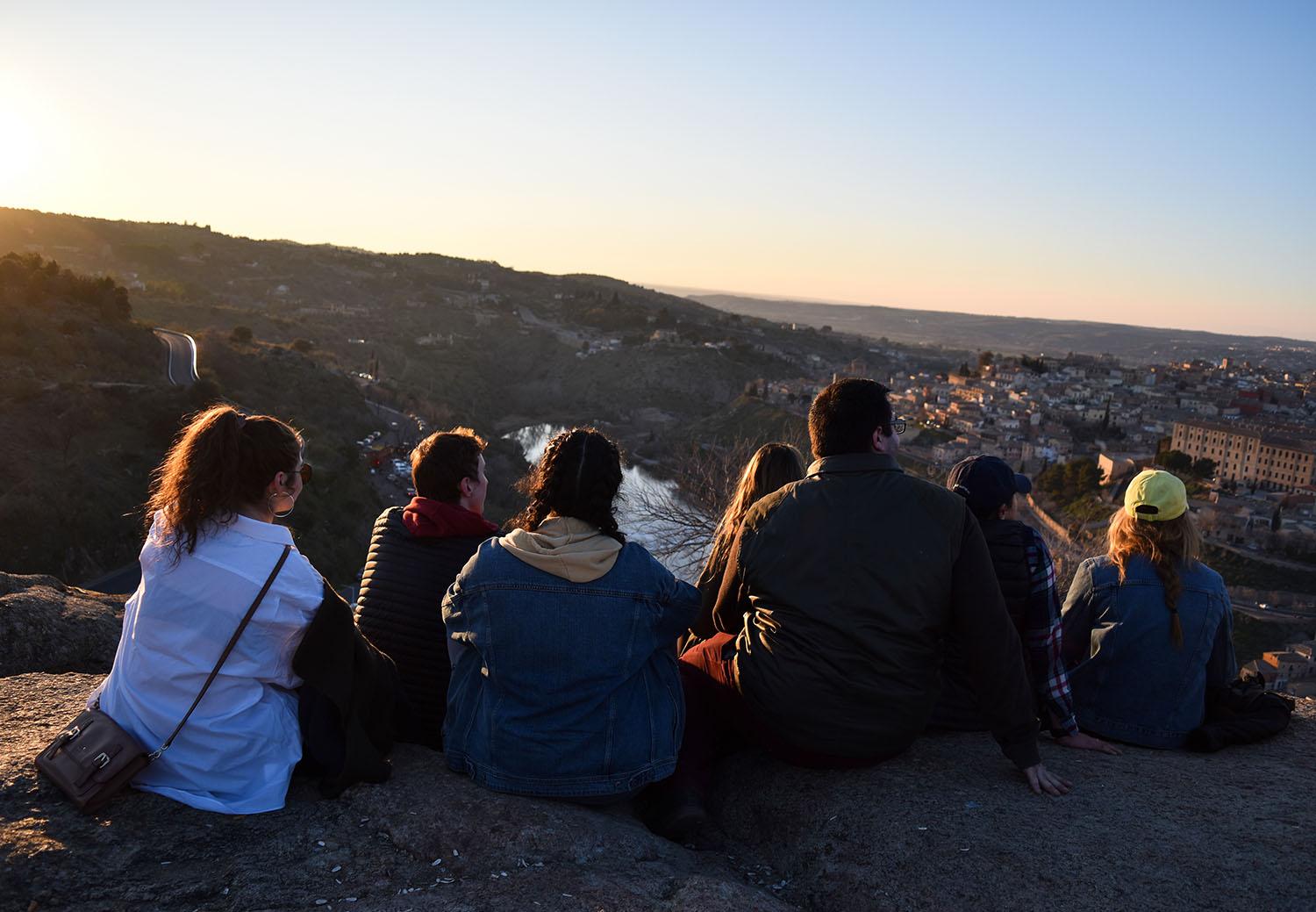
Every dish Raquel has prepared for me thus far has been vibrant in color and taste. She capitalizes on my desire to eat “green.” My biological mother jokes and says that my host mom is going to steal my heart with her cooking.
She has prepared sushi, which I tried for the first time with her, salmon with vegetables and baked potato, a fresh salad served with a type of fish called hake, “boquerones,” which are just anchovies in garlic and vinegar, and a hand-ground Spanish version of the American hamburger. This was the second hamburger I have ever had, and it was delicious.
When I told Raquel this was only the second burger I have eaten in my lifetime, her eyes widened and mouth dropped. She responded by saying, “I thought all Americans ate hamburgers all the time in USA.”
I laughed. I am always the exception.
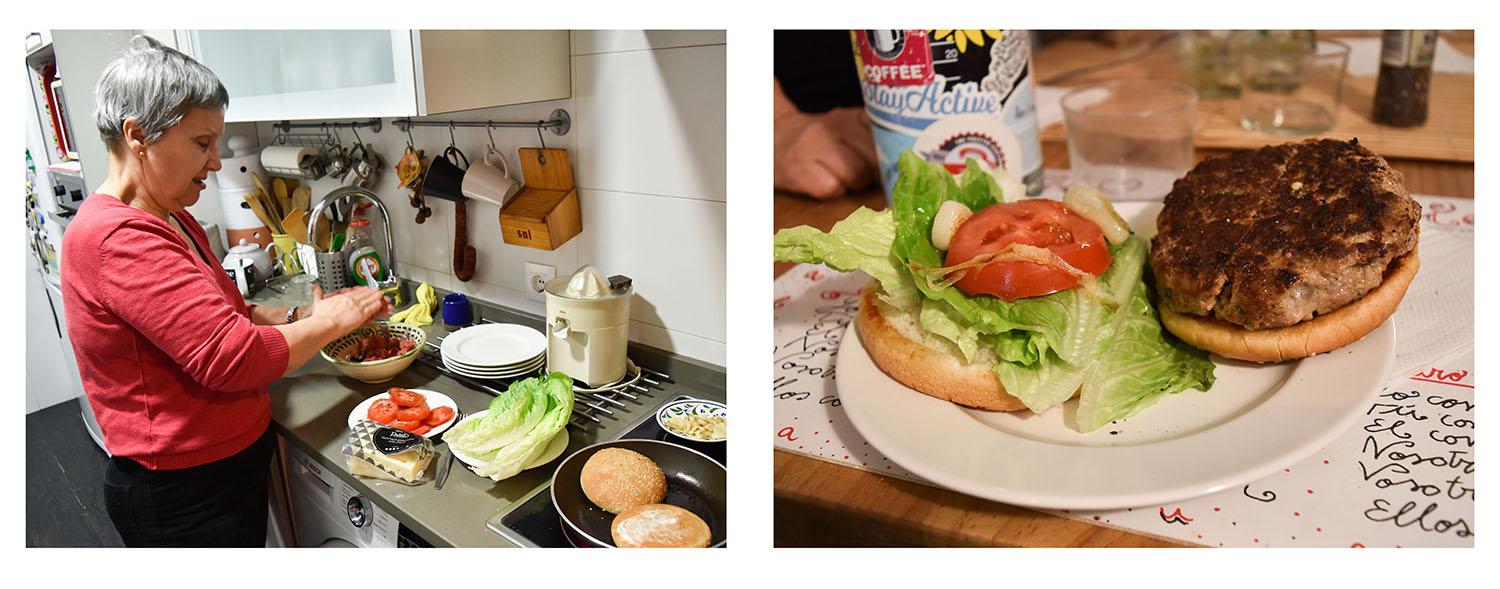
I never ask questions when dinner is served. By now, I trust Raquel’s cooking enough that I am willing to try anything.
What’s harder to get past now is the time dinner is served. I am a 20 year old going on 80 as it is. I am an early riser, and for that reason, I go to bed around 10 or 11 every night. However, that’s when dinner is just getting started here in Spain due to “siesta time.”
I don’t believe in naps. I have never been able to nap. Once I’m up, I’m up, and I strive to be productive throughout the day. Even when I’m sick or feeling tired, a quick run is a better fix for me than just laying down for 30 minutes. My body just isn’t capable of shutting down during the day. And that goes against everything the Spaniards believe.
Stores actually close here in Madrid around 2 p.m. and reopen around 5 p.m. in order for workers to take a break and sleep. It’s more prevalent on the weekends, but before the siesta begins, the largest meal of the day takes place – lunch.

If you walk the streets around 1 to 3 p.m. in the city center you will see countless people sitting in the outdoor seating of a bar or tapas restaurant enjoying a drink and a three-course meal. Tapas are one type of food that are right up my alley. I have never been one to eat a big, three-course meal. I prefer to eat multiple smaller meals throughout the day to stay energized. Some refer to this as snacking, and some of my friends call me a bird for just living off trail mix, but it’s what works for me. But here, I am trying.
The big meals are popular here because the Spaniards also don’t really eat breakfast. The first morning I had with Raquel, she served me toast with butter and jam, and I grabbed my daily yogurt. This was her typical breakfast, but to me, it was light and bland. It’s no wonder they need three courses at lunch, I thought.
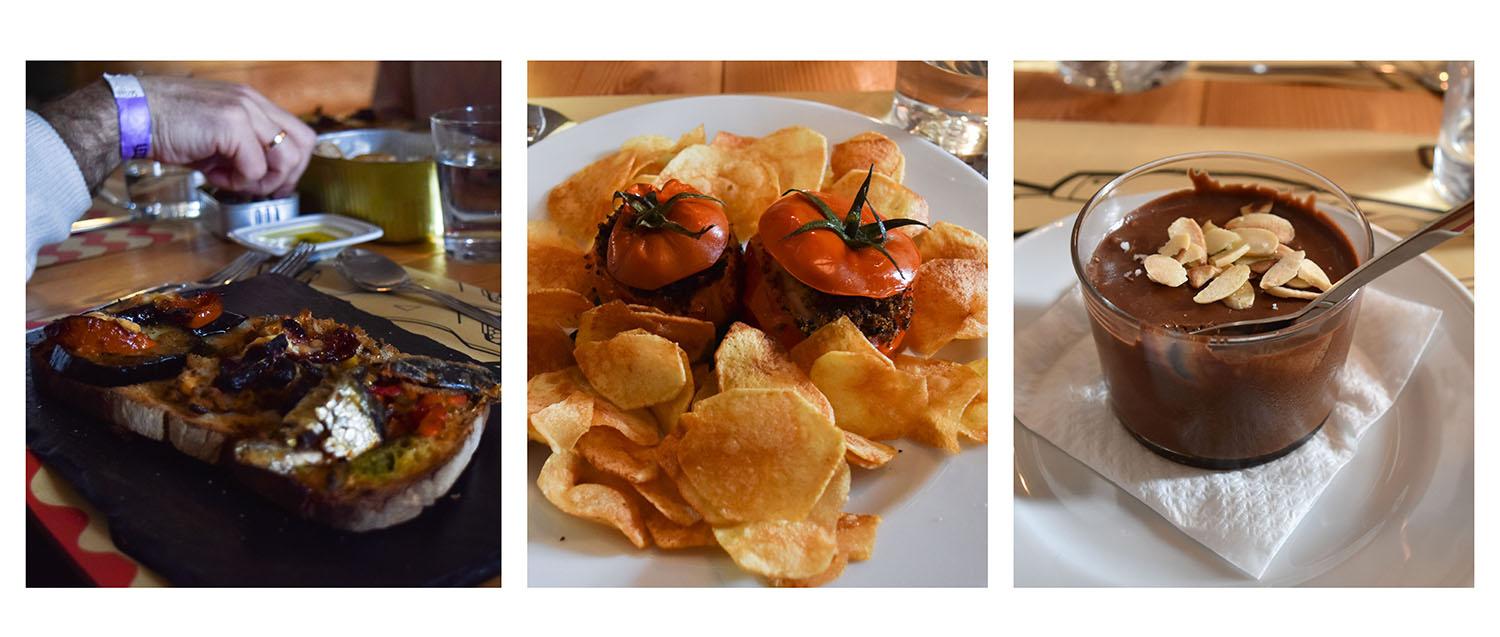
This has been another cultural struggle for me because breakfast is my favorite meal of the day. And because I usually eat after a workout, it’s usually a pretty big meal for me consisting of yogurt, granola, bread, eggs and a cup of coffee every morning. Raquel has learned that I love breakfast and lets me make this myself now. She prefers to prepare the later meals.
She has learned some of my habits, and she stocks the fridge with yogurt and the cupboard with granola. She has a special Spanish honey I put in my coffee every morning that I prepare with a Spanish stove-top espresso maker. I have my habits that seem to stick with me, but I am trying new things, too.
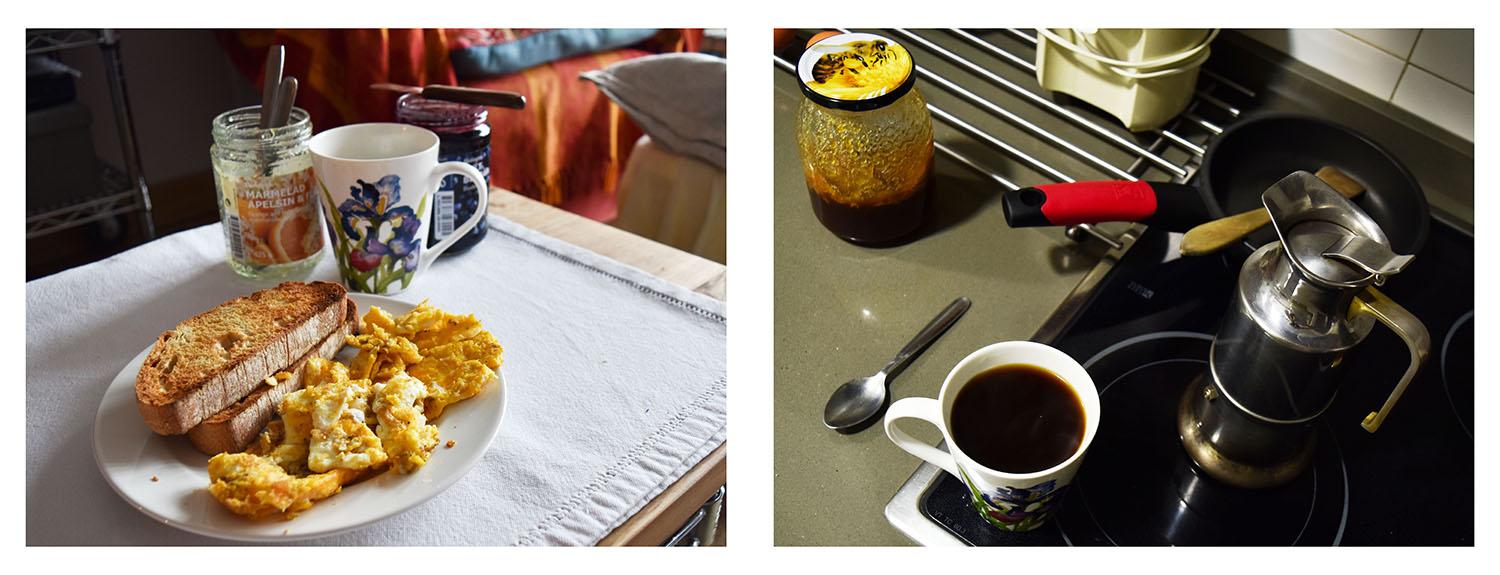
Since arriving in Spain and even after visiting Portugal, I have tried octopus, cod, sardines, tuna and a stringy, soggy type of beef stacked on top of bread. I’ve also tried famous sweets the city is known for and various types of fried balls that are a mystery until the first bite. Everywhere I go, food is presenting itself as another key in learning how to adjust.
Food is so simple, yet is one way I have seen myself grow in so many ways. I am learning to adjust and to be less obsessive over how I do things. I am learning to put all things in perspective through cuisine.
They say you are what you eat, and I actually do hope to become my eating habits. I hope that my attitude with everything follows this mindset of risk-taking I am adopting in Raquel’s household.
Raquel leaves her plate spotless after every meal, which in my mind shows her appreciation of the food she’s able to prepare each day. She doesn’t waste what others wish they could have. During the first week, I would bring her plates with what she would consider a second course still on the plate.
I am trying.
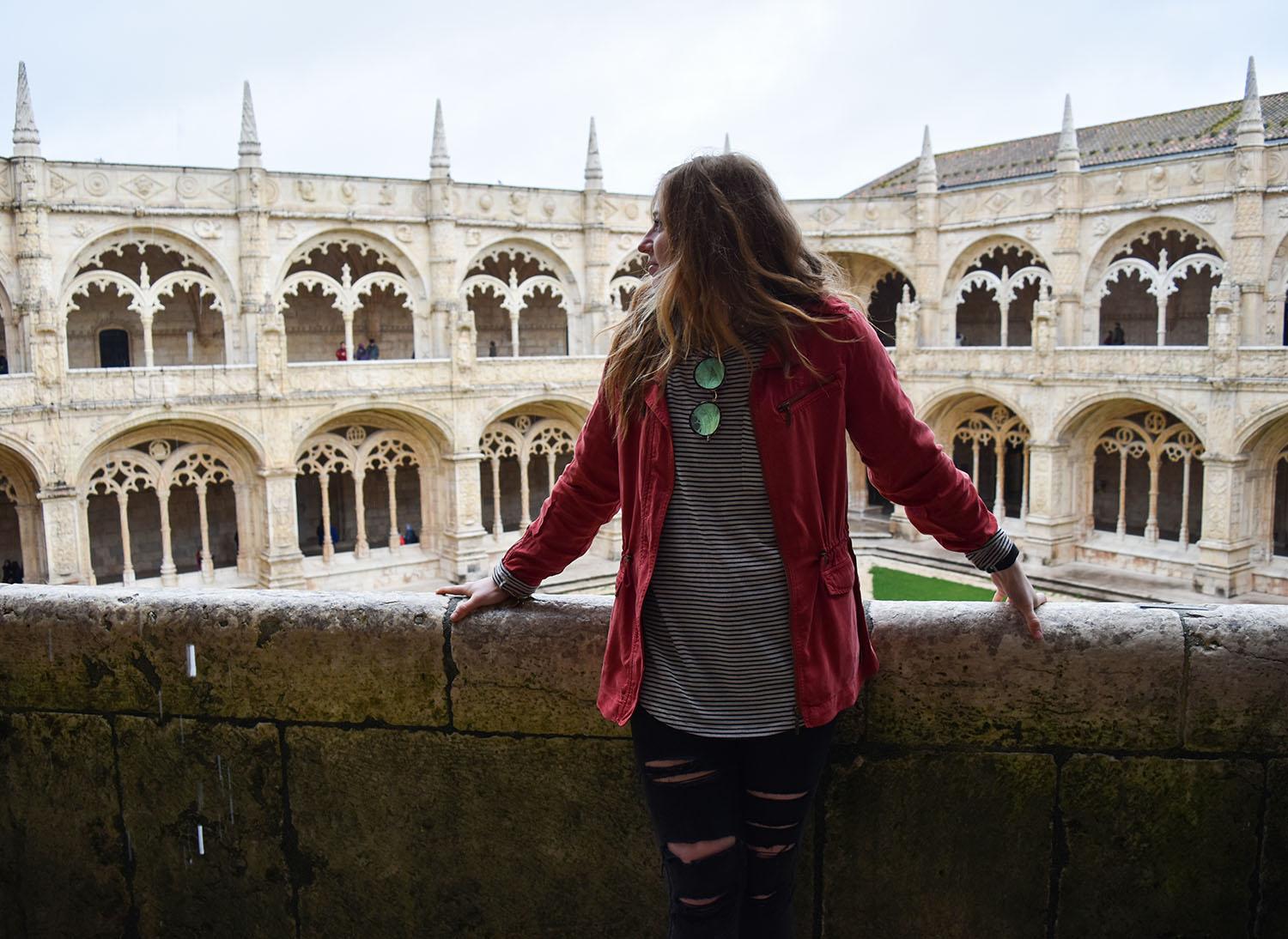
In a sense, each bite here in Spain is like a new day. Treat every bite like it’s your last.
Seize every bite. That is what my mission here in Madrid has become. And with that mission, I am trying something new every single day.



